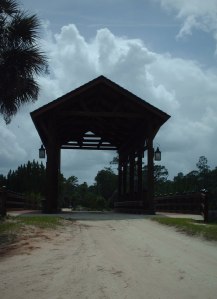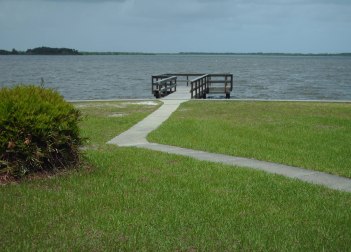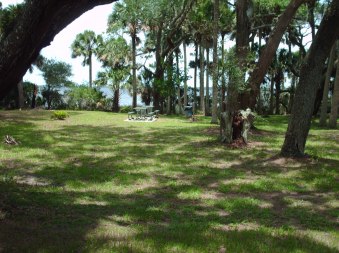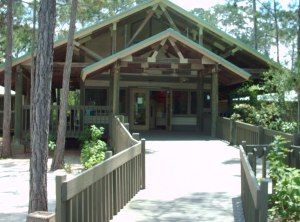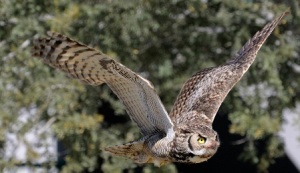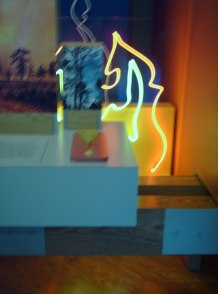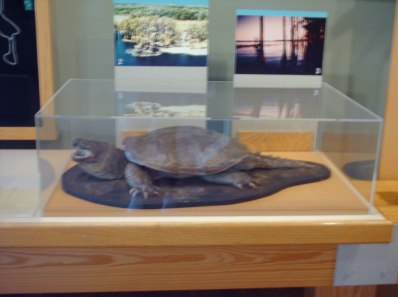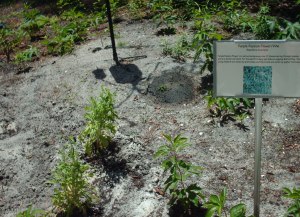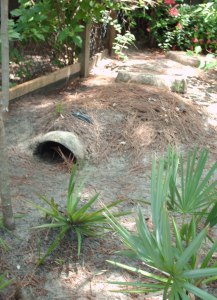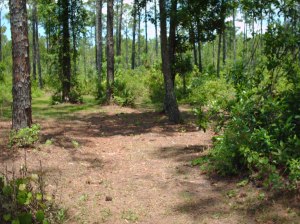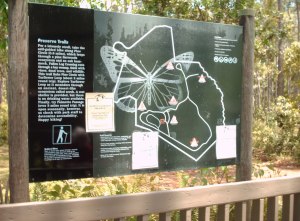 Boyd Hill Nature Preserve at 1101 Country Club Way South. Founded in 1943 a 245-acre preserve in downtown St. Petersburg. The park was named after Boyd Hill, the first superintendent of the park.
Boyd Hill Nature Preserve at 1101 Country Club Way South. Founded in 1943 a 245-acre preserve in downtown St. Petersburg. The park was named after Boyd Hill, the first superintendent of the park.
A knowledgeable docent took us on a 1-1/2 hour tram tour throughout the preserve. We walked across a bridge and saw a young alligator lift his head in Lake Maggiore. Passed a Gopher Tortoise along the way. They live on land and build burrows that are used by sixty varied species of animals.
 Pick up a trail map before walking along the trails. On display along the trail an Armadillo Sculpture made of metal parts created by Paul Eppling who lived in St. Petersburg. The aviary is the permanent home of the distinct species of birds that can’t be rehabbed because of a permanent injury to their wings.
Pick up a trail map before walking along the trails. On display along the trail an Armadillo Sculpture made of metal parts created by Paul Eppling who lived in St. Petersburg. The aviary is the permanent home of the distinct species of birds that can’t be rehabbed because of a permanent injury to their wings.
After walking the eight miles of trails step inside the Lake Maggiore Environmental Center and explore the different habitats on display. Lake Maggiore a 300-acre lake, Uplands, ten species of turtles, and wetlands.
Pick up numerous brochures while in the environmental educational center on how to save varied species, Natural History Speaker Series, and Wild Florida Series.
I recommend the preserve and education center, so many activities for people to enjoy. Admission prices and hours of operation on the website. Tram rides are offered on Saturday at 10 and 1 pm and on Sunday at 1 pm.



















